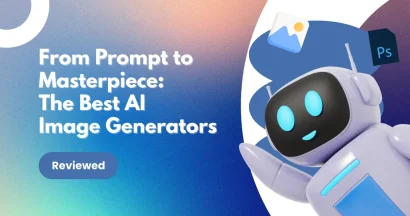What web design trends will captivate users and dominate the digital landscape? Get ready to explore the cutting-edge innovations that will shape the future of websites. From the raw aesthetics of brutalism to the eco-conscious approach to sustainable design, the upcoming year promises a fascinating blend of creativity and functionality.
This blog explores the immersive, interactive, and AI-powered trends that are actively redefining web design. From the continued rise of AI like Google Gemini to a renewed focus on design fundamentals, we’ll provide the insights and inspiration you need to stay ahead of the curve, whether you’re a seasoned designer or just starting your journey.
Let’s get ready!
Eduma – Education WordPress Theme
We provide an amazing WordPress theme with fast and responsive designs. Let’s find out!
Web Design Trend 1. Interactive and Engaging Web Experiences
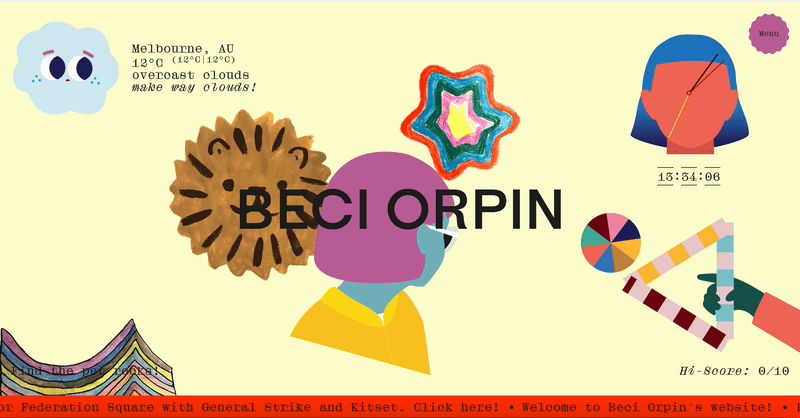
Static websites are becoming a thing of the past. Users now crave engaging, immersive experiences, and web designers are rising to the challenge. Think beyond simple animations and transitions. Imagine websites that invite users to play games, explore interactive narratives, or personalize their journey.
This trend is exemplified by the work of artists like Beci Orpin, whose website features dynamic elements like real-time weather updates and interactive games interwoven with her portfolio. Creative developer Bruno Simon takes it a step further, allowing users to navigate his site by “driving” a virtual car.
This shift towards interactivity isn’t just about novelty; it’s about creating memorable experiences that foster deeper engagement. As freelance web designer Maddie Niemen aptly puts it, “It’s about pushing boundaries, stepping out of your comfort zone, and constantly evolving.”
However, it’s crucial to remember that interactivity should be purposeful. Every interactive element should contribute to a cohesive and engaging user experience.
Web Design Trend 2. The Rise of AI in Web Design
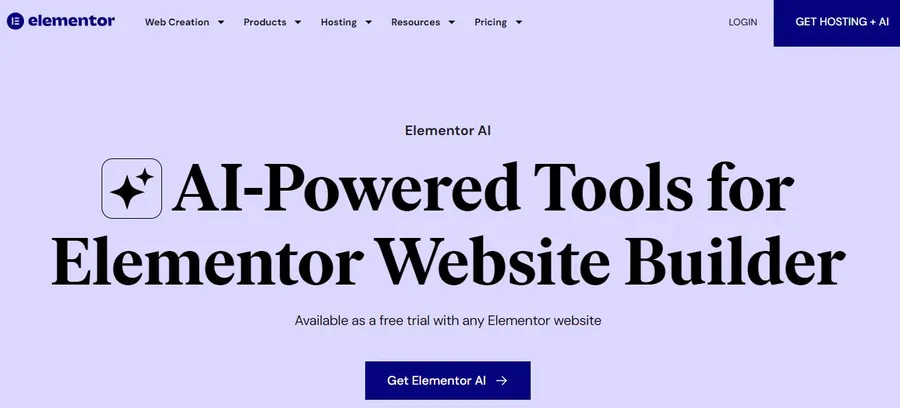
Artificial intelligence is rapidly transforming web design, offering both exciting possibilities and potential challenges. AI-powered tools can now analyze user preferences, suggest layouts, generate design variations, and even write code, significantly streamlining the design process.
Platforms like Elementor AI and Wix ADI are empowering both novice and experienced designers to create sophisticated websites with ease, and learning how to create a landing page with AI is becoming a fundamental skill. While AI democratizes web design, it hasn’t made human designers obsolete. Instead, these tools are freeing designers from tedious tasks, allowing them to focus on high-level creative problem-solving and strategic thinking.
While AI democratizes web design, it also raises questions about the future of the profession. Will AI make human designers obsolete? The answer, thankfully, is no. Instead, AI tools are freeing designers from tedious tasks, allowing them to focus on higher-level creative problem-solving and explore emerging trends.
Web Design Trend 3. The Resurgence of Anti-Design and Brutalism
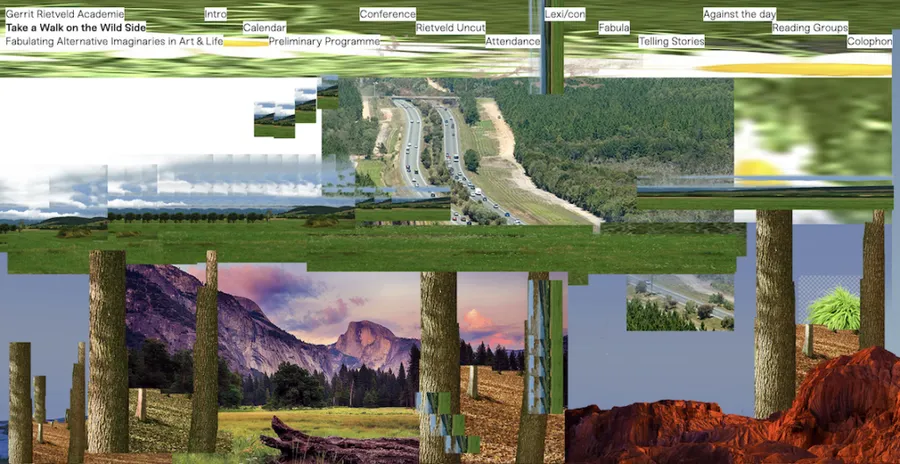
Prepare for a rebellion against traditional aesthetics. Anti-design, with its deliberate rejection of conventional design principles, is gaining traction. Think asymmetrical layouts, clashing colors, distorted typography, and a general embrace of the unconventional.
This trend, popularized by artists like Charli XCX and embraced by various online communities, challenges the notion of visual perfection. It’s about authenticity, self-expression, and pushing boundaries.
Brutalism, a minimalist approach characterized by raw, unpolished aesthetics, is also experiencing a resurgence. This style emphasizes simple layouts, bold typography, and a stark, utilitarian feel. Examples can be seen in publications like RAW magazine and Take a Walk on the Wild Side.
While these styles may seem jarring at first, they offer a refreshing alternative to overly polished and predictable designs. They provide opportunities for brands to stand out and connect with audiences seeking something different.
Web Design Trend 4. Voice Search Optimization
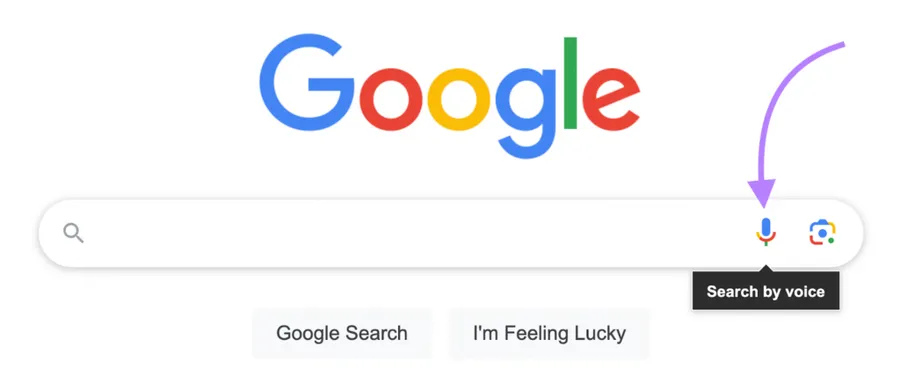
With the growing popularity of voice assistants like Alexa, Siri, and Google Assistant, optimizing websites for voice search is no longer optional. Users are increasingly relying on voice commands to find information, shop online, and interact with websites.
This shift requires web designers to prioritize conversational content, clear and concise language, and fast-loading pages that provide direct answers to common questions. Traditional text-based SEO remains important, but it needs to be complemented by a voice-search strategy.
Web Design Trend 5. Prioritizing Sustainable Web Design
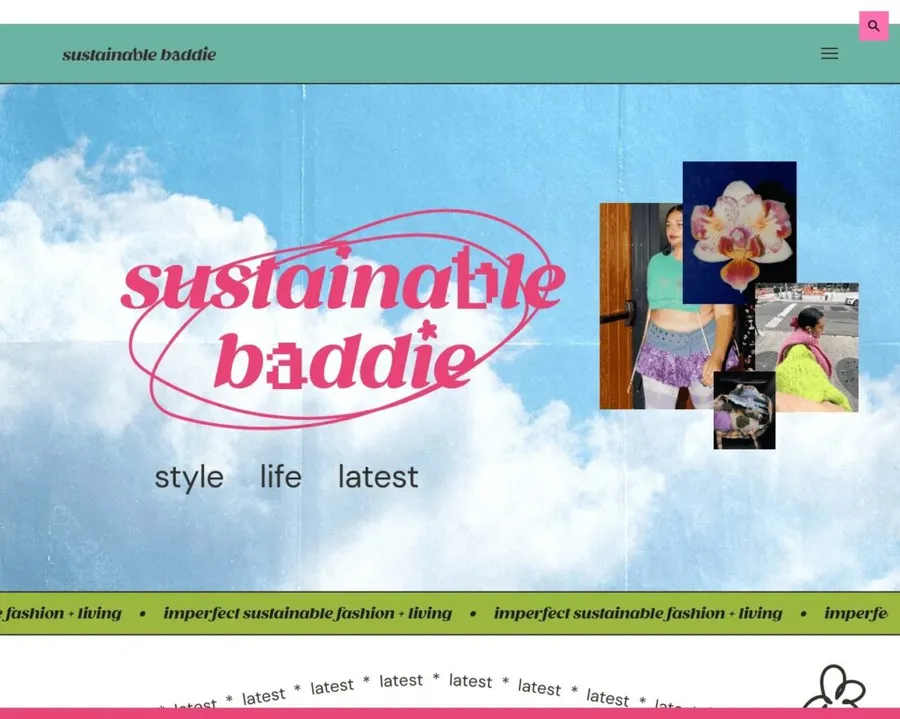
While a visually stunning website is always the goal, the environmental impact of digital creations is becoming an increasing concern. Sustainable web design offers a solution by minimizing the carbon footprint associated with websites.
This involves optimizing images and videos to reduce data transfer, implementing responsive design for various devices, and employing energy-efficient coding practices and hosting services. By making conscious choices, designers can reduce energy consumption in data centers and user devices without compromising functionality or user experience.
Many businesses and brands are embracing sustainability, showcasing their eco-conscious values through minimalist designs, nature-inspired imagery, and vibrant color palettes. Examples like The Honest Consumer, Sustainable Baddie, and Rewrite demonstrate that eco-friendly design can be visually engaging and impactful.
Web Design Trend 6. Moving Beyond Trendy Tools and Formats
Technological advancements have made sophisticated design elements like motion graphics and 3D interfaces more accessible. However, this accessibility can lead to oversaturation and homogenization of design.
The widespread use of platforms like Webflow, Spline, and Three.js has resulted in a surge of websites with similar aesthetics, potentially stifling creativity and innovation. While these tools offer powerful capabilities, designers must strive for originality and avoid falling into the trap of cookie-cutter designs.
Similarly, motion design, while effective for engagement, can be overused. Excessive animation can overwhelm users and hinder navigation. UI designer Adi Purdila emphasizes the importance of using motion thoughtfully to avoid compromising functionality.
Today, we’re seeing a conscious pushback. Designers are striving for originality, using powerful tools like the best Figma AI plugins not just for efficiency, but to create something truly unique rather than falling into the trap of cookie-cutter designs. The focus is shifting towards more intentional and restrained use of motion, prioritizing a unique brand identity over fleeting trends.
Web Design Trend 7. Returning to Design Fundamentals
While technology and AI offer valuable tools for web designers, a strong foundation in design principles remains essential. In a crowded digital landscape, relying solely on fancy flourishes is no longer sufficient.
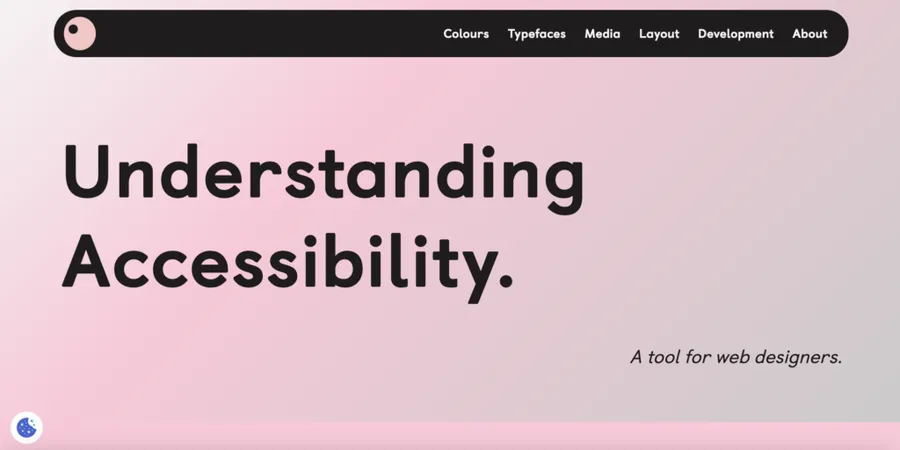
A renewed focus on typography, layout, color theory, and accessibility will be crucial for creating effective and meaningful web experiences. Resources like Understanding Accessibility provide valuable guidance on applying these principles to enhance user experience.
By stripping away unnecessary embellishments and prioritizing core design elements, websites can communicate their message more effectively. Hand-crafted techniques, such as collage art, offer a way to infuse authenticity and reclaim creative control in a digital world dominated by AI and automated tools.
Web Design Trend 8. Embracing Imperfection and the Human Touch
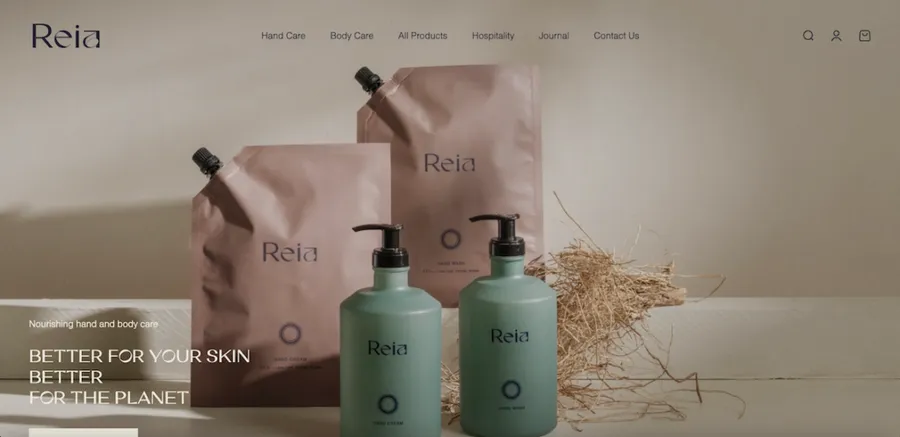
In contrast to the often-polished aesthetic generated by AI, many designers are embracing imperfection and organic elements to create a more human-centered experience. This trend aligns with the Japanese philosophy of wabi-sabi, which finds beauty in imperfection and the natural world.
Websites like Reia and Earth Alliance exemplify this approach through natural color palettes, asymmetrical layouts, and organic imagery. This trend reflects a desire for authenticity and a connection to the human touch in design.
As designer Maddie Niemen expresses, while AI is a valuable tool, there’s a growing need for designs that feel personally crafted and imbued with human creativity. This trend encourages a balance between technological advancements and the unique qualities of human expression.
FAQs
Q1: What is the most important web design trend?
A1: While all these trends are significant, the overarching theme is authenticity and purpose. Whether through interactive experiences, sustainable practices, or brutalist aesthetics, the most successful designs are those that serve a clear purpose and communicate an authentic brand identity, moving beyond generic, trend-chasing visuals.
Q2: How can a small business with a limited budget implement these trends?
A2: Small businesses can start by focusing on fundamentals. Choose a clean, fast WordPress theme, prioritize clear typography, and use high-quality images. For interactivity, simple, well-placed animations are more effective than complex games. You can use free tools like Canva for visuals and one of the best landing page builders with free tiers to create focused, on-trend campaign pages.
Q3: Will a niche trend like Brutalism hurt my website's conversion rates?
A3: It can, if not aligned with your brand and audience. Brutalism and Anti-design work best for creative industries, personal portfolios, or brands targeting a younger, design-savvy demographic. For a mainstream e-commerce or corporate site, a more conventional design that prioritizes usability and clarity is generally a safer and more effective choice.
Q4: Is sustainable web design expensive to implement?
A4: Not necessarily. Many sustainable practices are also web performance best practices that you should be doing anyway. Compressing images, using system fonts, and writing clean code reduce page load times, improve user experience, and lower your carbon footprint at no extra cost. The only potential added expense might be choosing a certified green web host.
Conclusion: Navigating the Future of Web Design
This year promises to be an exciting year for web design, with trends that blend cutting-edge technology with a renewed appreciation for human creativity and sustainability. By embracing these trends and prioritizing user experience, designers can create websites that are not only visually appealing but also functional, engaging, and environmentally conscious.
Read more: 10+ Best Figma AI Plugins for UI/UX Designers
Contact US | ThimPress:
Website: https://thimpress.com/
Fanpage: https://www.facebook.com/ThimPress
YouTube: https://www.youtube.com/c/ThimPressDesign
Twitter (X): https://twitter.com/thimpress


